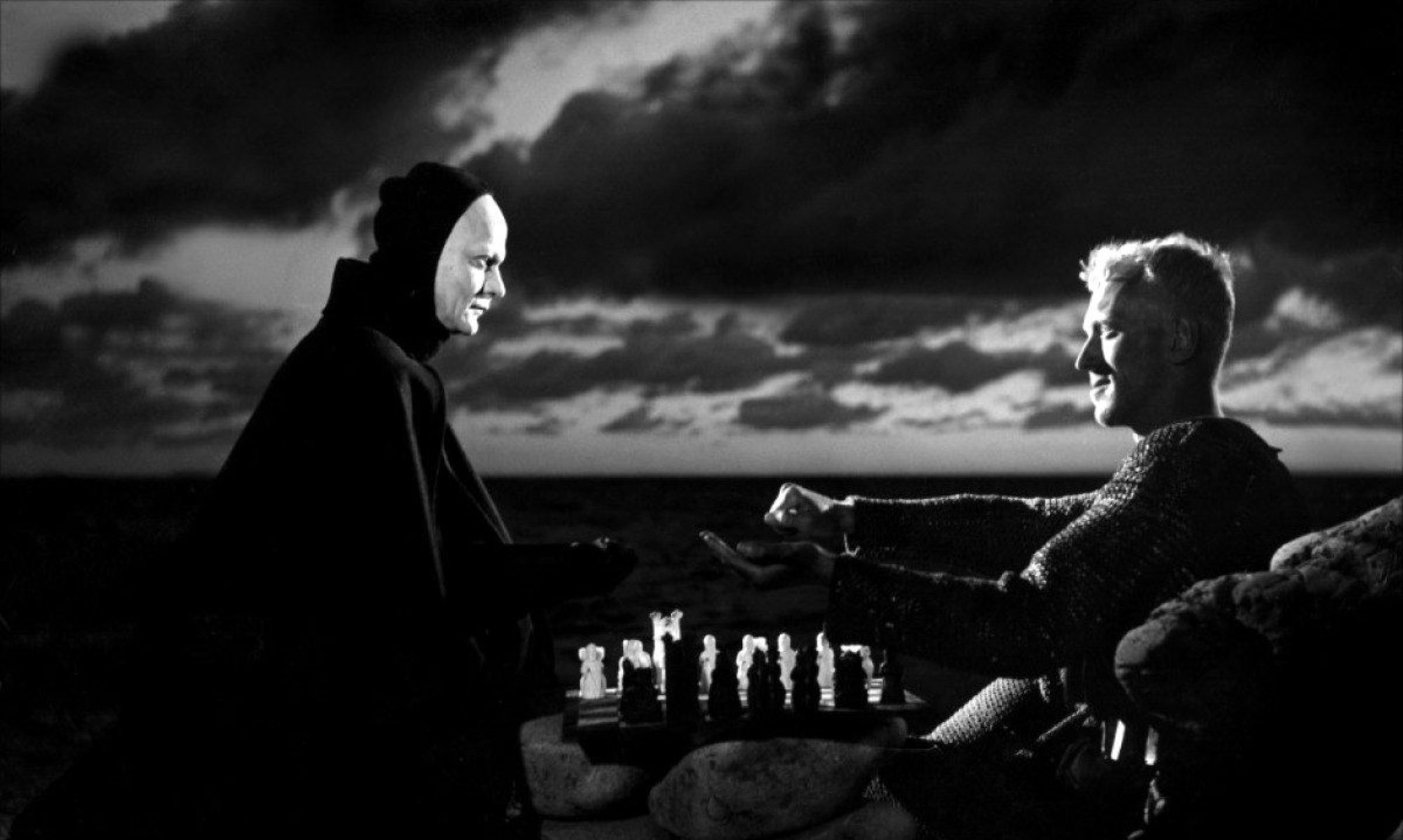Spurious Games has been influenced to some extent by my academic interest as a qualitative evaluator in the complexities and difficulties of being truthful in everyday life. So the puzzles of its ‘whodunit’ plot and the at times bizarre belief systems of its leading characters are intended to raise issues concerning the grounds of our knowing, what counts as valid inference and the role of the creative imagination in theory building. Has the epistemological relativism of New Age or post modernist thinking eroded our faith in sceptical critique? Or to put it another way, why isn’t intelligence a better defense against palpable nonsense? Somewhere in the hinterland of the novel one might discern Thomas Kuhn’s classic The Structure of Scientific Revolutions and Carl Sagan’s The Demon-Haunted World: Science as a Candle in the Dark. I was greatly taken by Sagan’s reworking of the same themes in Contact, memorably turned into a film starring Jodie Foster. Philosophy teaches by precept, art by example.
A further consideration has been my observations both as a player and spectator on the claustrophobic world of the chessboard and how it’s abstract otherworldliness intersects with the mental life of its devotees. To some extent the novel could be seen as an exploratory literary exercise in ecological psychology, with the settings and the behaviours seen as mutually constitutive. One issue, as suggested above, is whether the game of chess attracts more than its share of lonely male sociopaths or even constitutes a mental health hazard. Several writers have in effect suggested the opposite, that chess keeps mad people sane rather than drives sane people mad.
But hey! It’s supposed to be an amusing novel, not a wayside pulpit.
It is significant that in relation to many of the implicit tensions and ambiguities in the novel’s underpinning themes, resolution is frequently sought through comedy and a wry humour. Appreciation of wit is of course of deeply personal matter and some readers may not find the novel amusing at all, but I must be brave enough to declare the intention.
A final issue is that the novel reflects the author’s scepticism towards religious or quasi-religious belief and the claimed immunity from criticism that faith groups claim on the misplaced grounds that the ‘spiritual’ transcends ‘reason’ and has an automatic claim to ‘respect’. Perhaps I should declare an interest here. I attended in early childhood, under some degree of family coercion, a grim evangelical chapel that took a mean view of both human and divine nature. I left painlessly in my teens, feeling the sect, for all the good folk trapped inside, including many of my extended family, to be an intellectual, aesthetic and spiritual slum, with its teachings verging on child abuse. Although the novel in this area deals largely with an offshoot from an American New Age ‘Melchizedek’ cult with improbable chess connections, there are hints that the distinction between traditional and kooky religious beliefs is not one that can be easily sustained.

